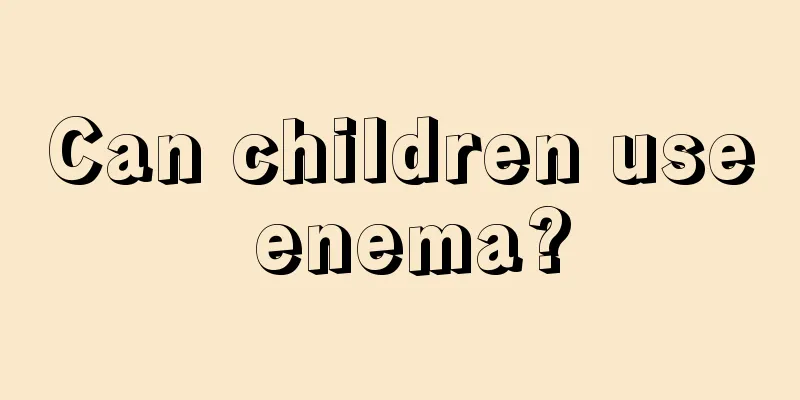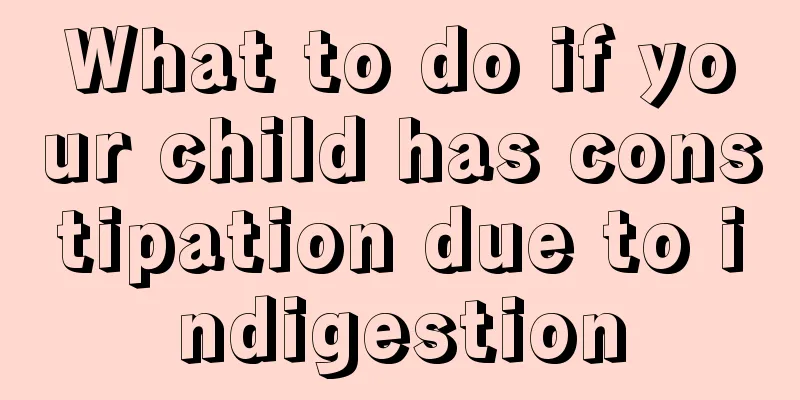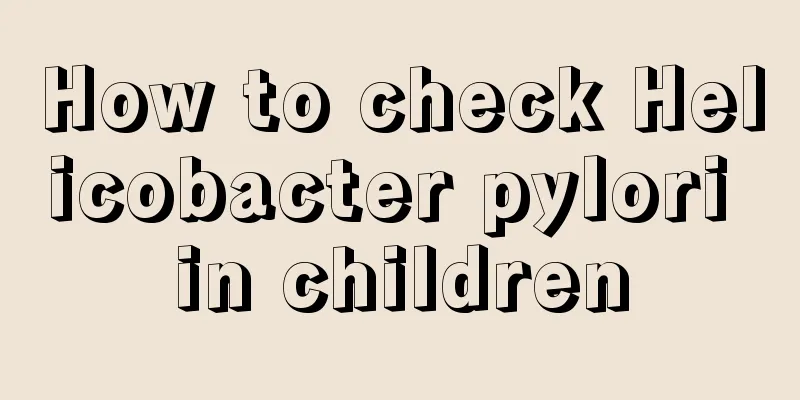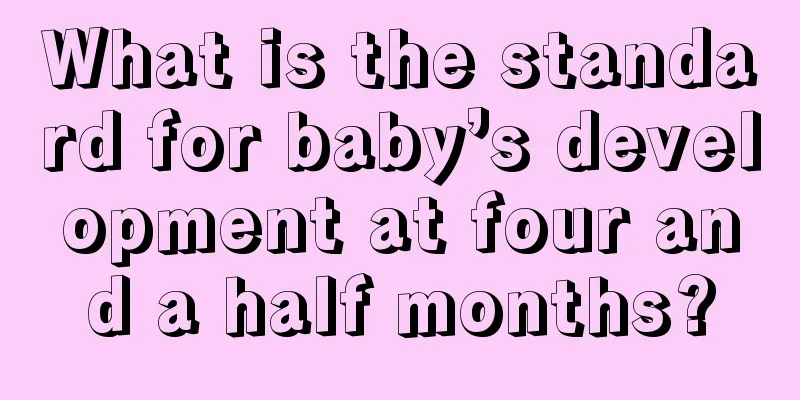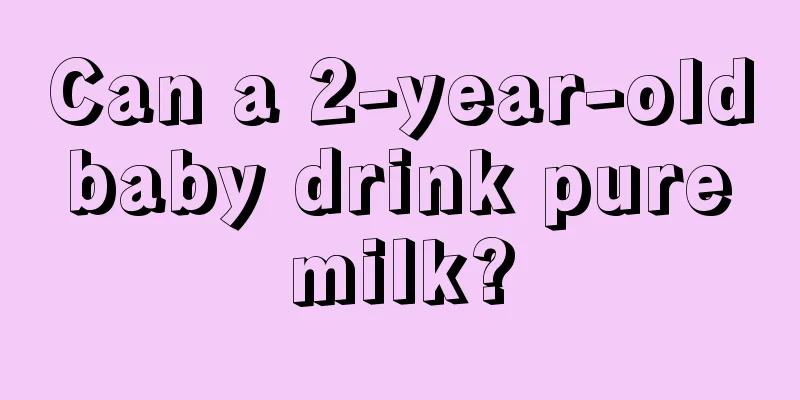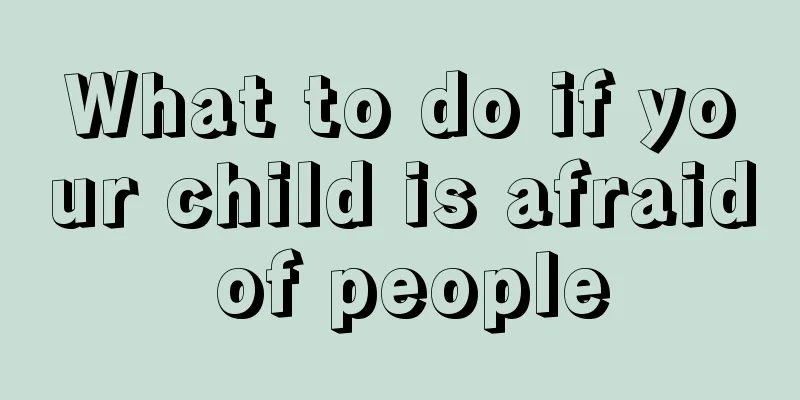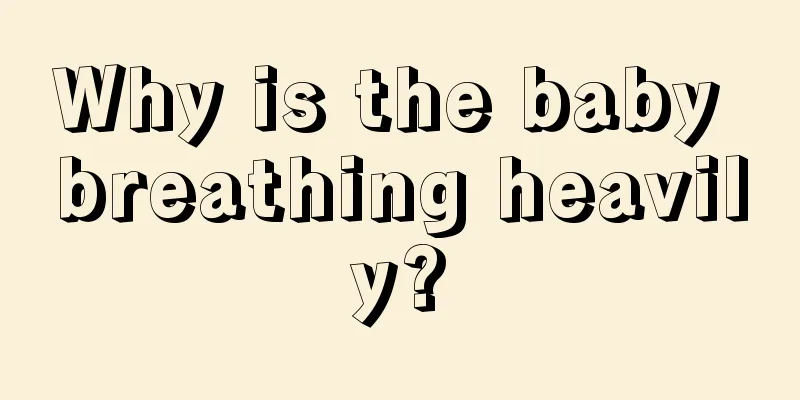What are the symptoms of colic in children?
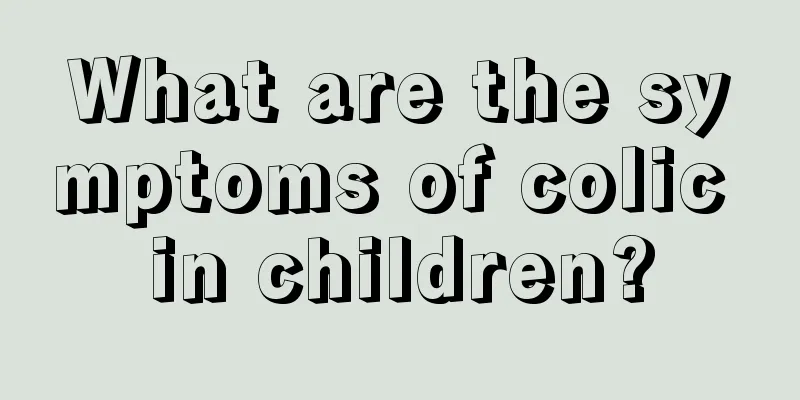
|
After a baby has colic, the baby will always cry and make a fuss. Often babies will have colic before they are 4 months old. This disease may occur at any time. The peak period of this disease is from 4 to 8 pm and around early morning. But what are the symptoms of this disease? Let's listen to the editor's introduction! Symptoms of colic in babies 1. Breastfeeding does not always calm the baby, especially in the evening or at night. Once the baby stops breastfeeding, he will start crying. Sometimes he will fall asleep while crying, but will suddenly wake up crying not long after. 2. While crying, the baby will also kick his legs constantly. 3. Even if your comfort is effective, the crying will start again immediately. It seems that no method can last long. 4. The baby's crying lasts for a long time, even for more than an hour, especially in the middle of the night. This kind of crying will make you feel that time is even more unbearable. 5. The baby cries at almost the same time every day, as if he has set an alarm clock. Causes of colic in babies 1. The nerves that control intestinal peristalsis are immature For babies under 3 to 4 months old, the nerves in the intestinal wall are immature, which can easily cause irregular intestinal peristalsis. Some parts of the intestines move faster, while others move slower, and the tangles together cause spasmodic pain. 2. Abdominal bloating The baby's digestive tract has very little digestive enzymes or digestive juices to break down food, so digesting the protein in breast milk or formula milk may cause bloating and pain in the abdomen. Babies also swallow too much air when they cry, which can also cause bloating. 3. The contagion of negative emotions A mother's anxiety and irritability can also be transmitted to the baby. Some experts believe that babies' long bursts of crying are a form of catharsis because their developing nervous systems cannot handle the various stimuli in the surrounding environment well. Let them cry and cry. To sum up, the following are some of the causes of angina pectoris in children and some symptoms of angina pectoris shared by the editor. I hope that after the editor’s introduction, you will have some understanding of angina pectoris in children. If the baby keeps crying, the mother must not be annoyed at this stage, and can change the environment to relieve it. |
<<: What should I do if my baby has lung cysts?
>>: How should colic in children be treated?
Recommend
What should I do if my child has a bloated stomach and fever?
When children are young, they often have some phy...
Age group of children
Children are the flowers of the motherland and th...
How old is the baby?
"Holding back the bowel movement" is a ...
My 5-year-old child cannot speak clearly
Most children can speak a few simple words interm...
Benefits of enema in children
As parents, we fear our children catching a cold ...
What to do if children have allergic dermatitis? These methods are very effective
If a child develops allergic dermatitis, the best...
Why is the baby allergic to milk powder?
In the process of a baby's growth, milk powde...
What should a 6-year-old child eat when he has a fever?
Many parents feel at a loss when they find their ...
What to do with baby diaper rash? Give your baby more scientific care
If babies are not properly cared for, diaper rash...
Nursing methods for infants with high muscle tension in their limbs
In fact, in daily life, many people are not caref...
Can the vaccination of newborn babies be postponed after 30 days?
I believe many people know that newborns are very...
Do children have fever when teething?
Everyone goes through the process of tooth growth...
What causes vaginal itching in children?
Children are more prone to inflammation because o...
What are the nursing measures for children with pneumonia?
Pneumonia is a common disease in humans. In the p...
What is the standard for baby height and weight?
The height and weight standards for infants and y...
